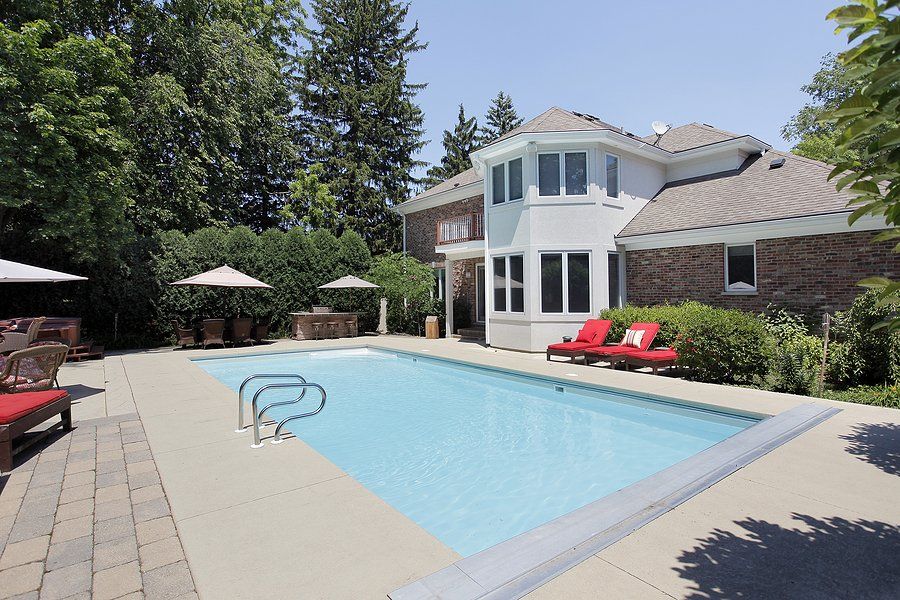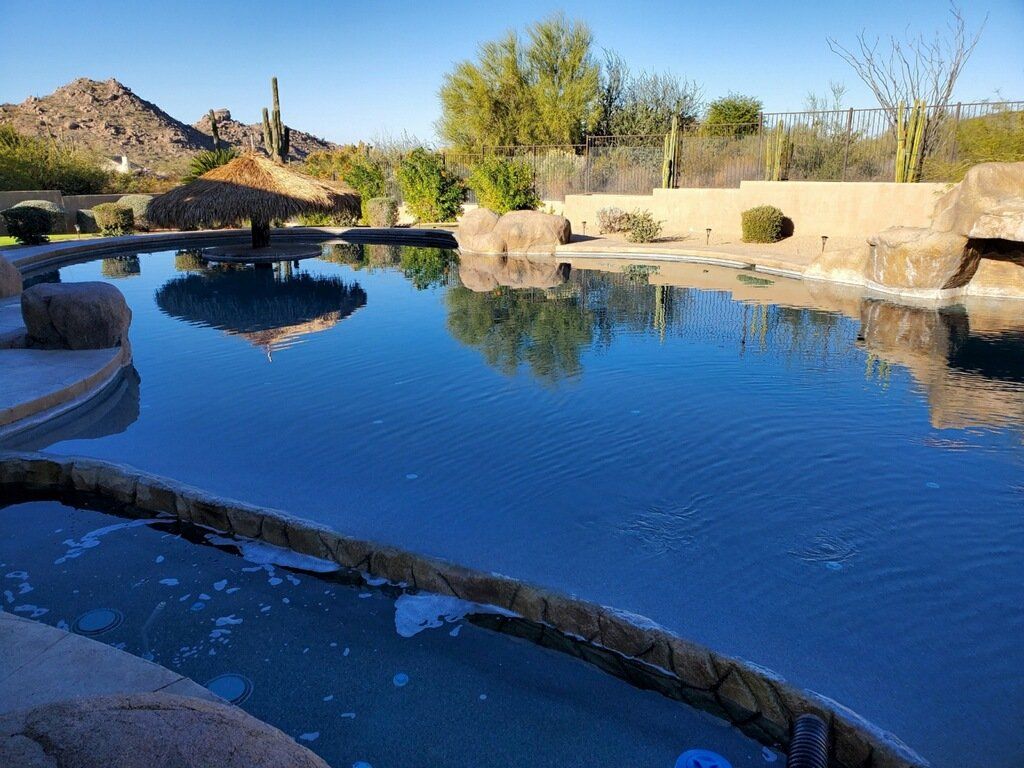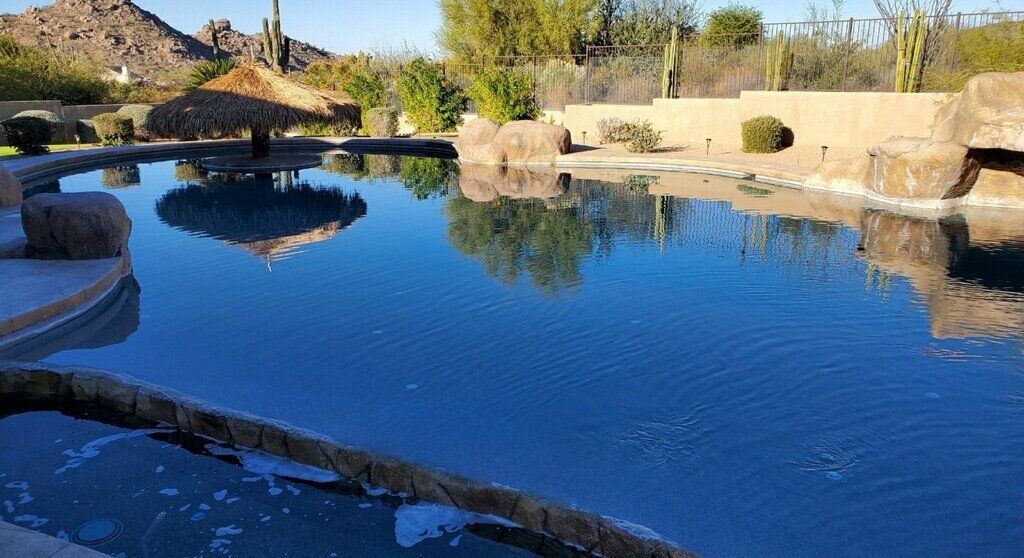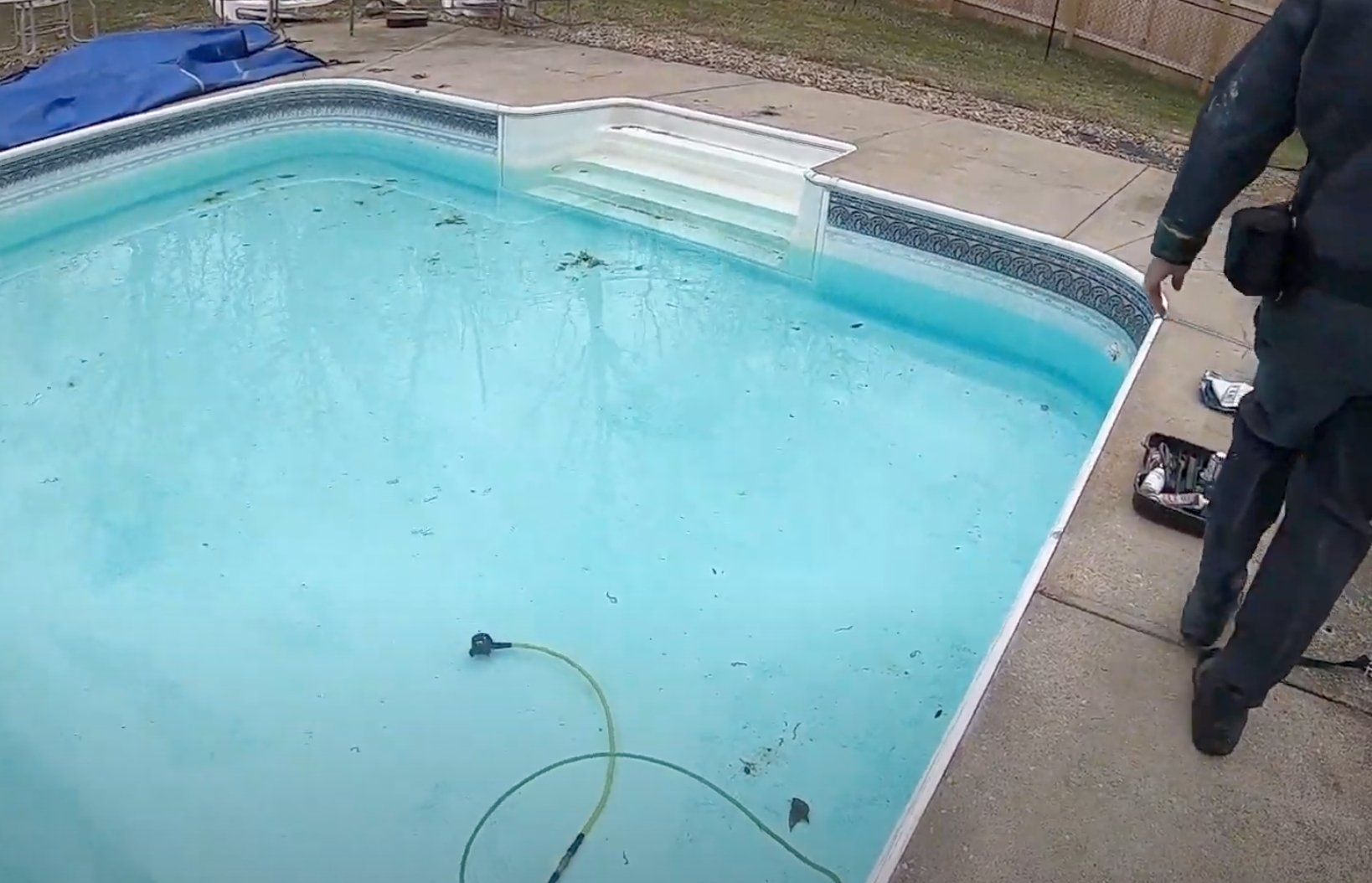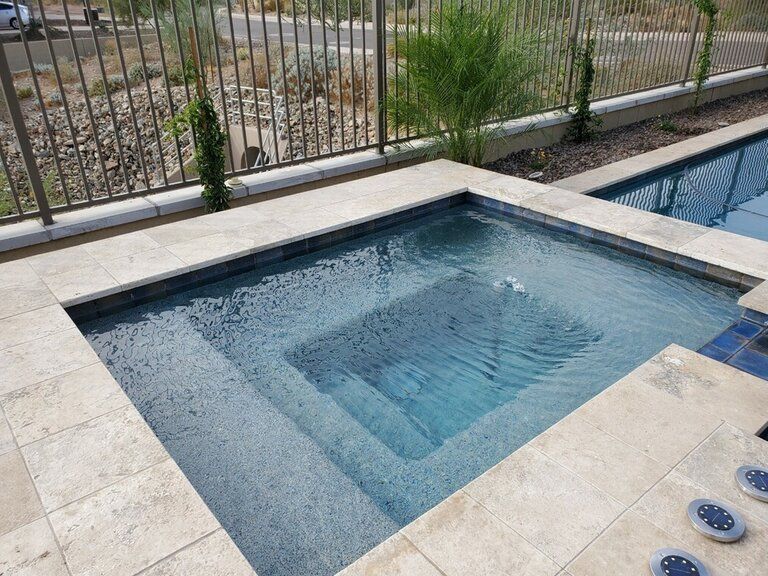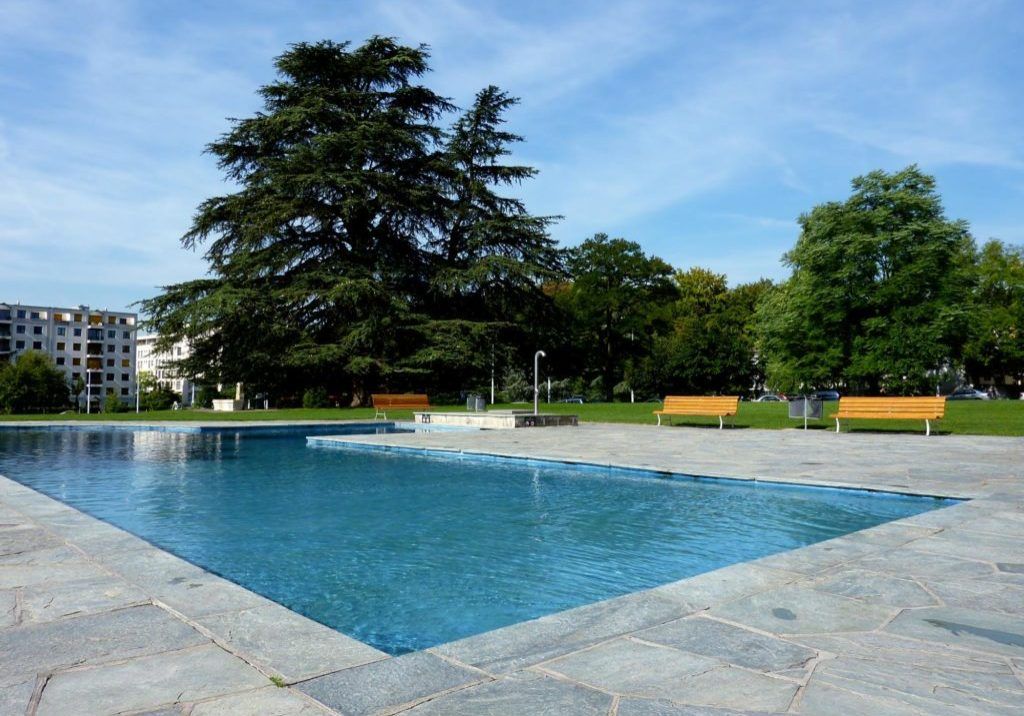Chlorine Vs Shock For Your Pool
What's The Difference Between Shock and Chlorine?
This is a very common question we get asked as a professional pool service here in Arizona. So let's break down the main difference between adding chlorine to your pool and adding "shock" to it. They are distinct and perform different functions for your pool.
Chlorine is a moderate sanitizing agent that is necessary to keep your pool healthy and clear blue and can be used regularly. Shock is a label for a "high dose" of chlorine that is literally meant to "shock" your pool to rapidly raise the chlorine levels.
Chlorine tablets help maintain a regular level of chlorine in the pool. They are often added via the chlorinator, the floater or the skimmer basket.
Do I Need To Use Both Shock and Chlorine?
You do not need to use both chlorine tablets and shock at the same time. They are meant to work in harmony as alternative treatments to keep your pool healthy. Shock is a short term burst of chlorine but will dissipate in the pool quickly. Chlorine tablets help maintain the higher levels of chlorine boosted from the shock to keep the pool healthy and blue.
Without shock, tablets might not have enough power to raise the chlorine levels in the pool to keep it sanitized.
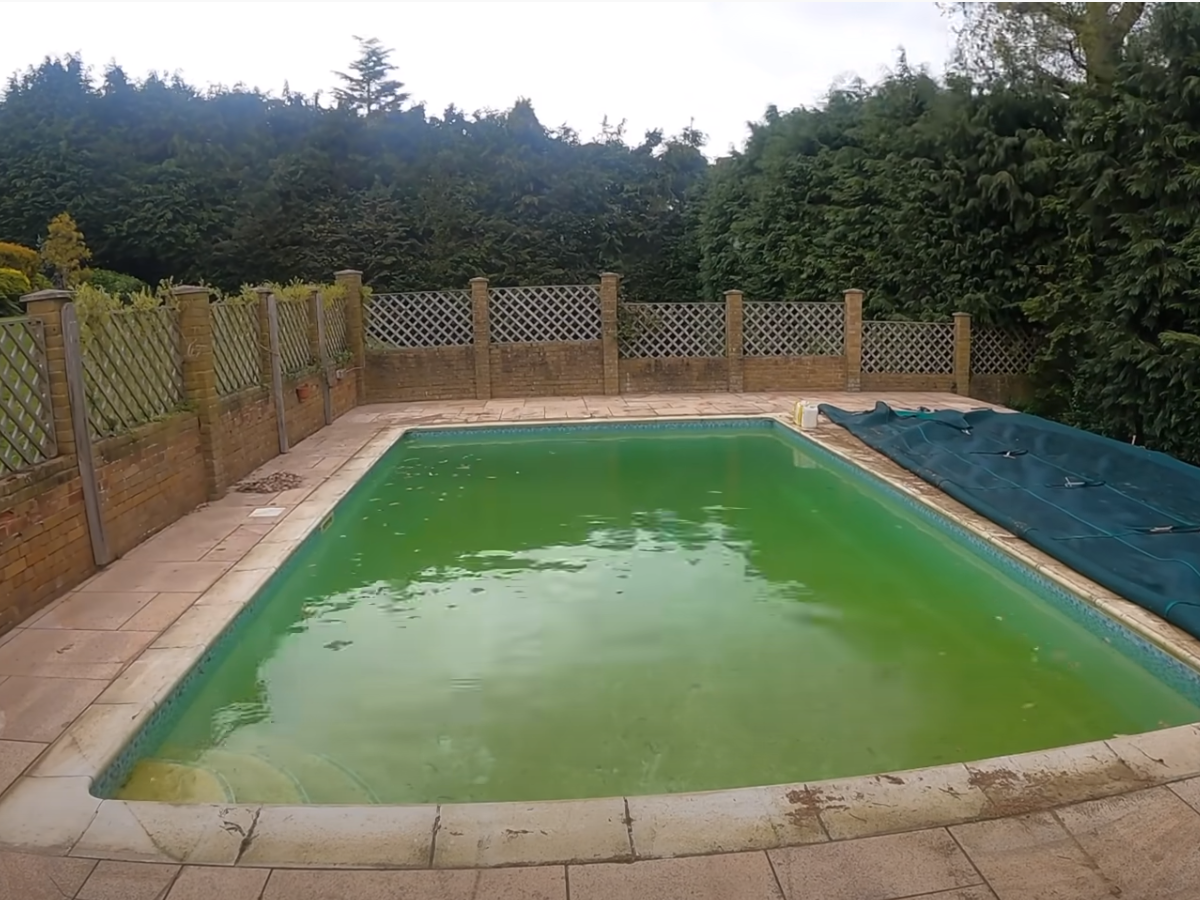
We recommend using shock in your pool every 2-3 weeks depending on your climate. Hotter places should use it more often as bacteria can grow faster in warmer climates. Also, if you and your family use the pool frequently, you might need to shock more often. Use tablets in between with the aim to keep your chlorine level of the pool between 1 and 3 PPM (parts per million). A regular pool maintenance company can also help with that.
Is Shock The Same Thing As Chlorine?
Essentially yes, shock and chlorine are the same thing - just in different concentrations. Shock is a much higher dose of your regular chlorine tablets and is designed to "shock" your pool and quickly increase the overall chlorine levels. Shock goes by different brand names, but each brand should effectively be the same concept of just a more concentrated form of chlorine.
My Pool Is Cloudy. How Do I Clear It Up?
The first thing you should test is whether it's green algae or not. Algae often grows in hot weather or if a pool is running low on chlorine. If you feel slimy residue on the walls or see growth, there's a good chance it's algae and you need to do a full green pool cleanup process.
To clean up from algae, add algaecide or shock to your pool in a high dosage and run your pool filter continuously until the algae dies and the pool clears up. After you're confident the algae is dead, vacuum the pool to remove any lingering remains from the algae and you should be good to go.
If you don't see algae or feel slimy residue, it might be something else causing the cloudiness in your pool.
If you've ruled out algae, there's two other main causes for cloudy water: a filtering issue or chemical imbalance in the water.
First, check for water imbalance either with an at-home test kit or by bringing a sample of your water to a pool supply company. They can often check the water quality right on site to determine if it's properly balanced. If it is balanced, try adding a clarifier or flocculent to your pool. These items will coagulate any particles in your pool and sink them to the bottom where you can vacuum them out. Continue running your filter until it clears up.
If treating the water does not solve the problem, you may have a filtering issue. Backwash your sand or DE filter; rinse the cartridge of your cartridge filter. If you have a sand filter, make sure to change the sand every 3 to 5 years. If you have a DE filter, try rinsing the fingers or grids with a filter solution and changing the DE powder.
My Pool Water Is Green And Doesn't Clear Up With Shock. Now What?
If somehow you've gone through everything else and still the water is green, you may have a metals problem. If the water is lime green, does not improve with shock, or gets worse after shocking, you likely have metals in your pool water. The most common metals are copper and iron (but can vary depending on your location) and especially common near areas with well water. Chlorine oxidizes the metals, turning the water green, and sometimes staining the pool walls and floor. Bring a water sample to your local pool supply company and ask to have it tested for metals. If metals are present in your water, ask for a metal removing agent. You should also refrain from further shocking until the metal problem is resolved.
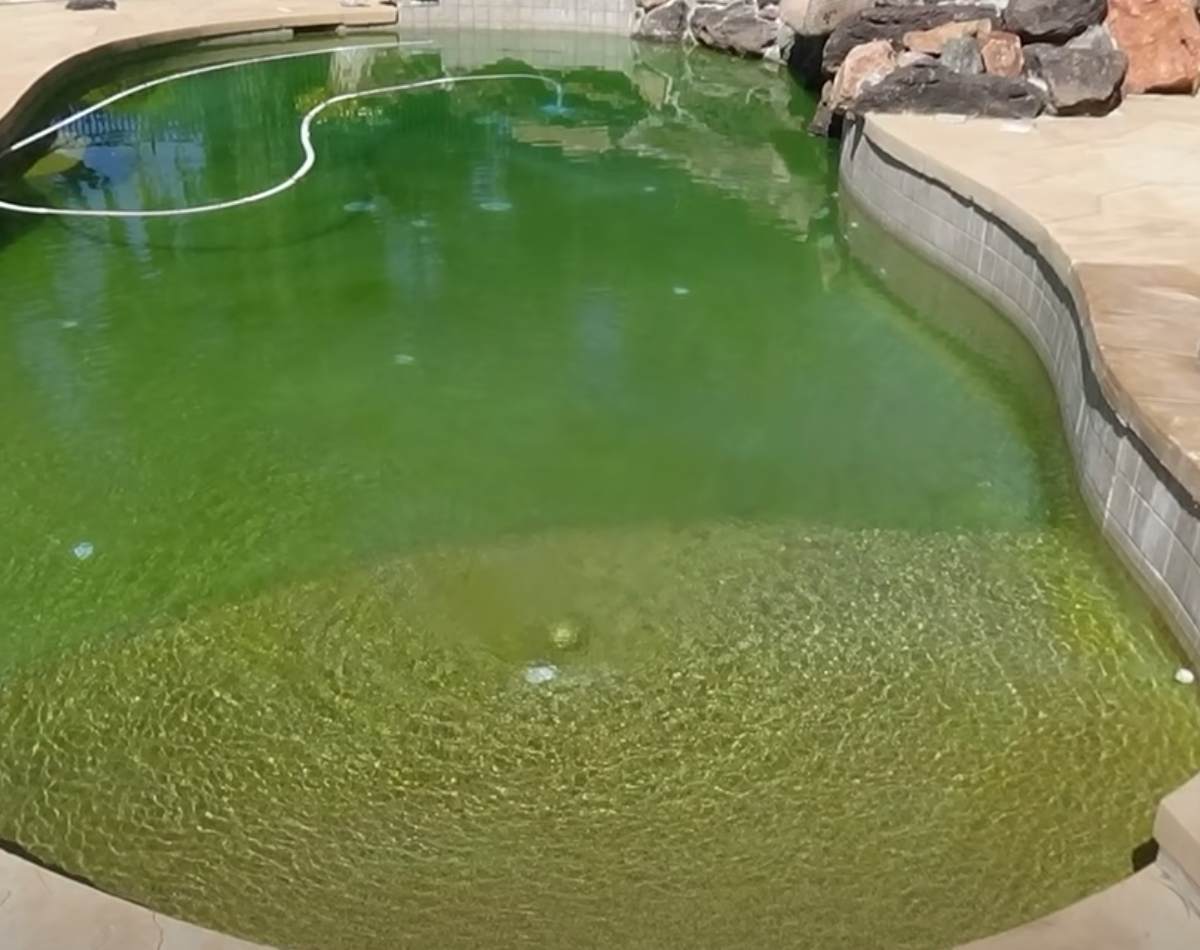
How Long After Adding Chemicals Can You Swim?
Products like pH Up, Alkalinity Balance, pH down, Calcium Balance, Water Stabilizer, and clarifier are all swim-safe chemicals which means you can swim almost immediately after adding (recommended time is about 20 minutes).
Other chemicals like algaecide, Super Erace, and shock should be added at night when everyone is done swimming for the day. The pool will be fully ready to use the next day.
Want A Great Quote On Your Next Arizona Pool Service Provider?
Let's connect! We’re here to help.
Send us a message on the form and we’ll be in touch.
Or give us a call today at: 480-780-1403


